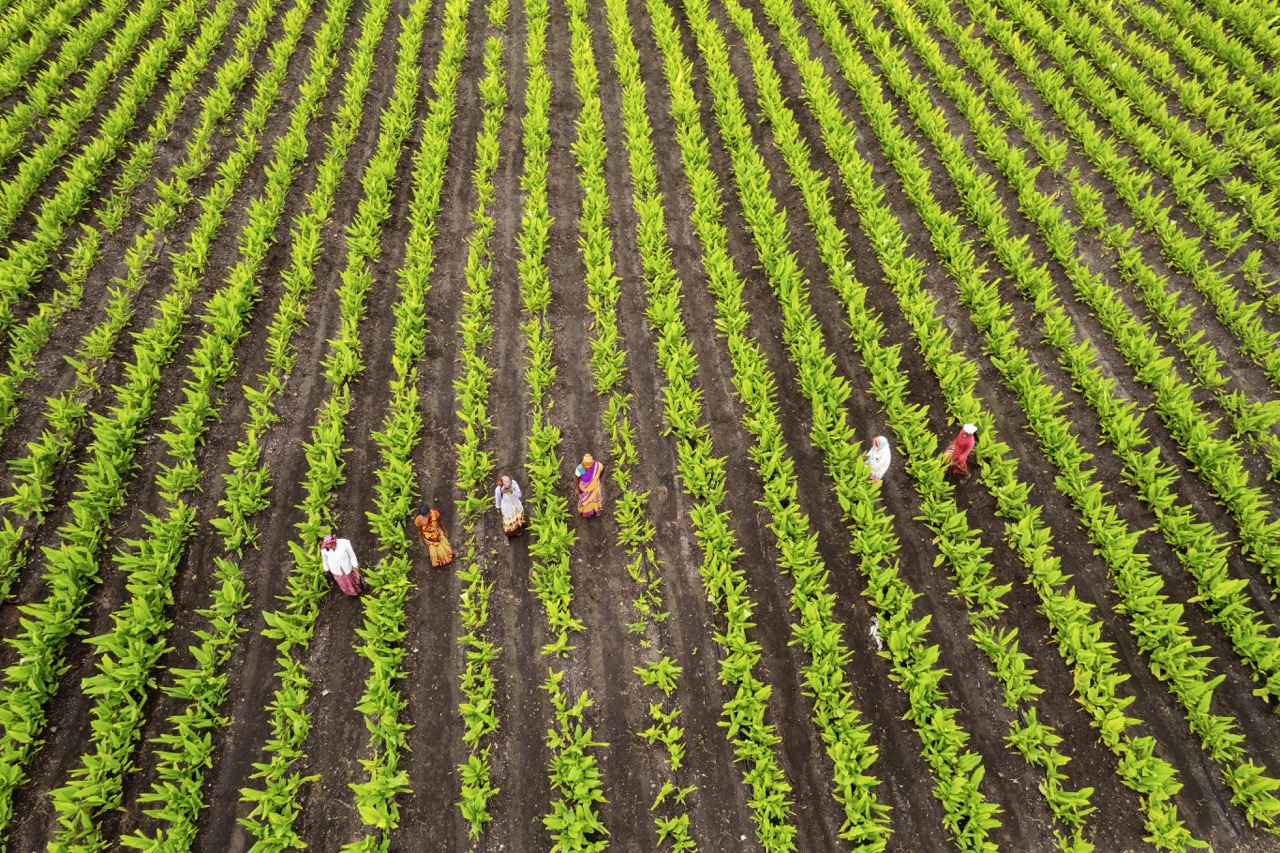As global populations rise and climate change looms large, the methods we employ in agriculture are under increasing scrutiny. Enter regenerative agriculture—a transformative approach that not only aims to produce food but also to heal the land. This innovative farming practice has gained traction among farmers and consumers alike, offering a pathway to a sustainable food system that respects the environment. In this article, we will explore what regenerative agriculture is, its contrast with traditional farming methods, and why it matters to everyone, from farmers to consumers.
Understanding Regenerative Agriculture: A New Approach to Farming
Regenerative agriculture is defined as a system of farming principles and practices that seeks to rehabilitate and enhance the entire ecosystem of the farm. Unlike conventional farming methods that often prioritize short-term yields through chemical inputs and monocropping, regenerative agriculture emphasizes soil health, biodiversity, and ecosystem resilience. Techniques such as crop rotation, cover cropping, agroforestry, and reduced tillage are central to this philosophy, fostering a holistic approach that views farming as a part of nature rather than separate from it.
At its core, regenerative agriculture recognizes the interconnectedness of all life on earth. It aims to create a self-sustaining system where plants, animals, and microorganisms work in symbiosis. This approach not only focuses on the immediate benefits of crop cultivation but also contributes to long-term agricultural sustainability. By prioritizing practices that improve the soil structure and fertility, regenerative agriculture can help mitigate the impacts of climate change, enhance food security, and promote a healthier environment.
As more farmers and agricultural researchers turn their attention to regenerative methods, the movement is gaining momentum worldwide. Organizations and businesses are forming networks to support farmers in transitioning to regenerative practices, sharing knowledge, resources, and even financial assistance. This growing community is pivotal in cultivating a new generation of farmers who are committed to not just producing food, but also restoring the health of the planet.
The Environmental Impact of Traditional Agriculture Practices
Traditional agricultural practices have long been criticized for their detrimental effects on the environment. Heavy reliance on chemical fertilizers and pesticides has led to soil degradation, water pollution, and loss of biodiversity. Additionally, practices such as monocropping—growing a single crop over an extensive area—deplete the soil of essential nutrients, making it less fertile over time. These practices contribute significantly to greenhouse gas emissions, exacerbating climate change and threatening the very foundation of our food systems.
The consequences of traditional farming extend beyond farm boundaries, impacting entire ecosystems. Runoff from agricultural fields can contaminate rivers and lakes, disrupting aquatic life and diminishing water quality. The loss of diverse plant and animal species further destabilizes ecosystems, leading to a decline in natural pest control and pollination services. The urgency for a paradigm shift in agricultural practices is underscored by scientific studies demonstrating the need for sustainable methods to reverse the damage inflicted by conventional farming.
As the global demand for food continues to rise, the traditional agricultural model becomes increasingly unsustainable. The environmental degradation caused by these practices raises critical questions about our ability to maintain food production while safeguarding our ecosystems. Recognizing the limitations of conventional agriculture is essential for understanding the importance of regenerative techniques that seek to reverse these damaging trends.
How Regenerative Techniques Benefit Soil and Biodiversity
One of the most significant advantages of regenerative agriculture is its ability to restore soil health. Healthy soil is rich in organic matter, teeming with life, and capable of storing water and nutrients. Regenerative practices such as cover cropping and reduced tillage enhance soil structure, prevent erosion, and promote the growth of beneficial microorganisms. These techniques not only improve productivity but also increase the land’s resilience against climate extremes, such as droughts and floods.
Biodiversity is another cornerstone of regenerative agriculture. By integrating various crops and livestock into farming systems, regenerative practices create a more diverse ecosystem that supports a wide range of species. This biodiversity is vital for maintaining ecological balance, as it fosters natural pest control, enhances pollination, and promotes nutrient cycling. Additionally, diverse cropping systems can lead to improved yields and reduced reliance on synthetic inputs, making farming more sustainable over the long term.
The benefits of regenerative techniques extend beyond just the soil and biodiversity; they also enhance the overall health of farm ecosystems. By focusing on holistic practices, farmers can create a more resilient agricultural landscape that can adapt to changes and challenges. The positive feedback loop generated by healthy soil and rich biodiversity ultimately leads to improved crop yields, making regenerative agriculture a viable solution for addressing food security and climate challenges.
Why Consumers and Farmers Should Embrace Regenerative Methods
As awareness of environmental issues grows, consumers are increasingly seeking out sustainably produced food. By choosing products from regenerative farms, consumers can support practices that benefit not just their health but also the health of the planet. Regenerative agriculture reduces chemical inputs, resulting in cleaner, more nutritious food. Furthermore, many consumers are drawn to the ethical implications of supporting farming practices that prioritize animal welfare and biodiversity.
For farmers, embracing regenerative methods can lead to increased resilience in their operations. While the transition to regenerative practices may require an initial investment of time and resources, the long-term benefits can be substantial. Healthier soils can lead to reduced input costs, improved crop resilience, and increased profitability. Additionally, farmers who adopt regenerative techniques can tap into a growing market of consumers who are willing to pay a premium for sustainably produced food.
Finally, embracing regenerative agriculture fosters a sense of community and stewardship among farmers. By working collaboratively and sharing knowledge, farmers can create networks that support one another in the transition to regenerative practices. As more farmers join this movement, the collective impact can lead to profound changes in local ecosystems and food systems, ultimately contributing to a more sustainable and equitable agricultural future.
Regenerative agriculture is not just a trend—it represents a fundamental shift in how we approach farming and food production. By prioritizing soil health, biodiversity, and sustainability, regenerative practices offer a viable solution to the environmental challenges posed by traditional agriculture. As consumers become more conscious of their food choices and farmers seek more sustainable practices, regenerative agriculture stands poised to play a critical role in shaping the future of our food systems. The time to care about regenerative agriculture is now; our planet’s health depends on it.









